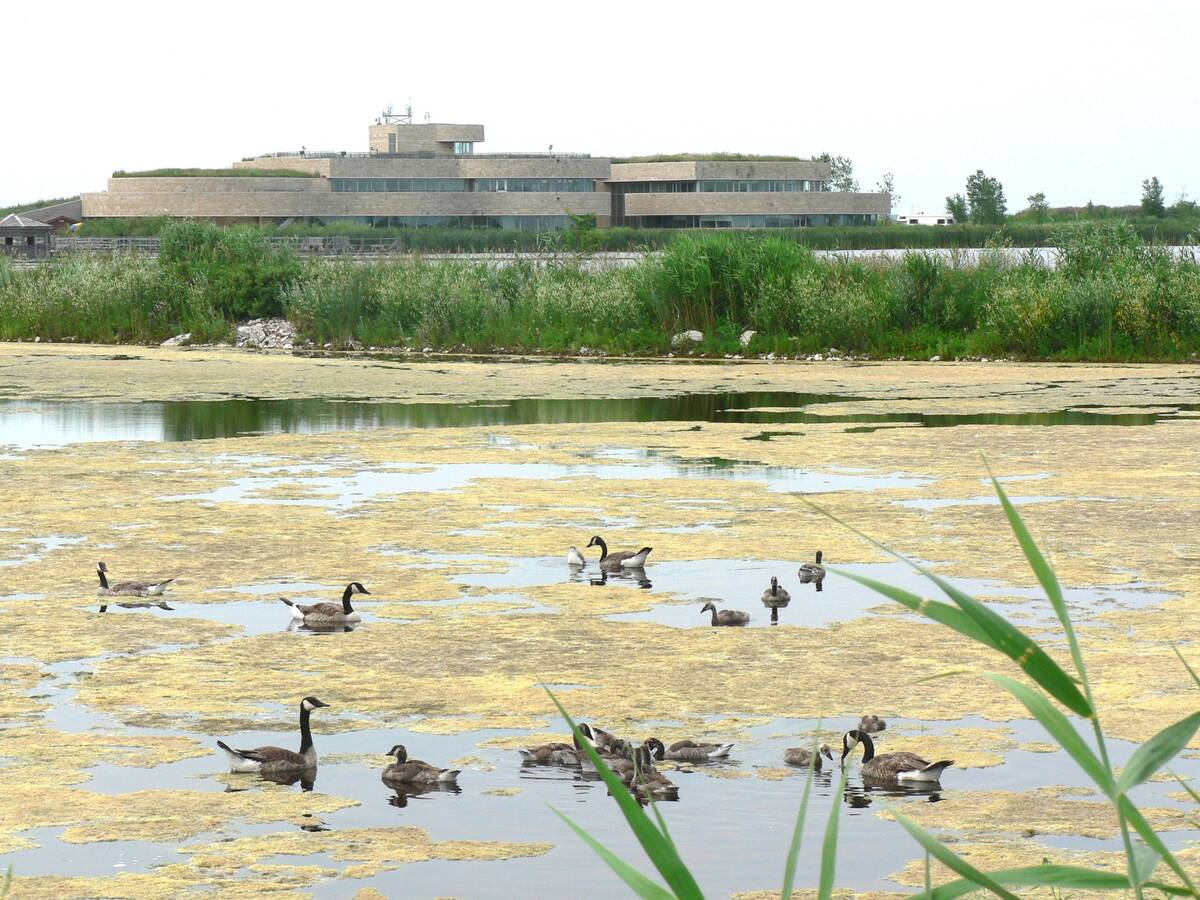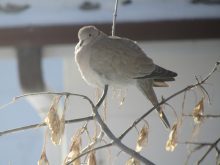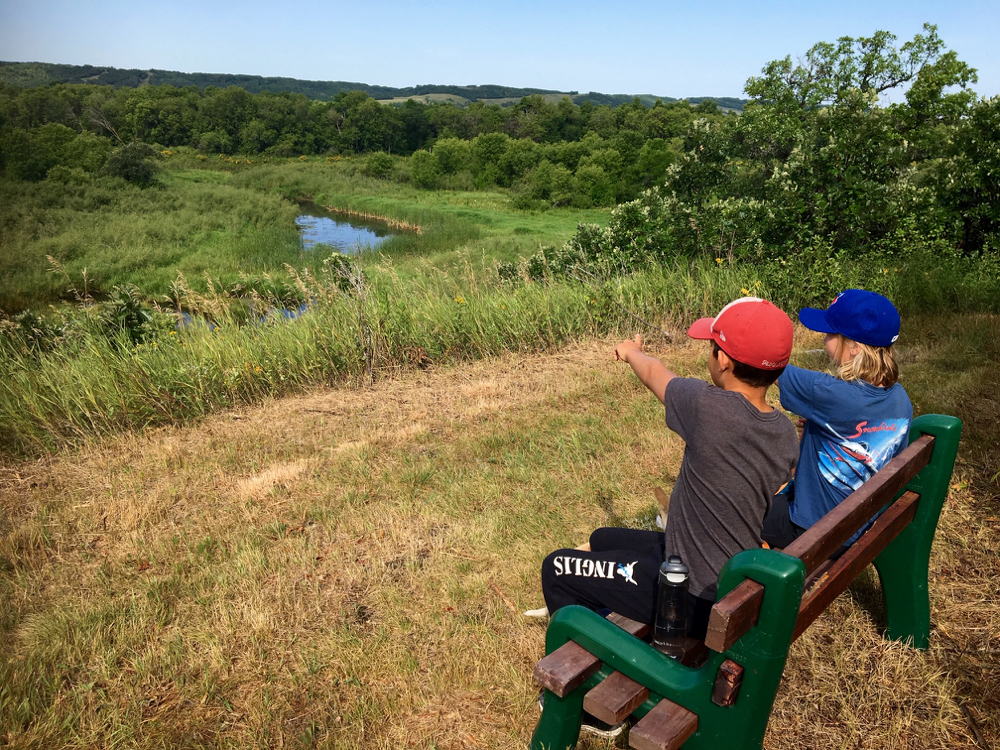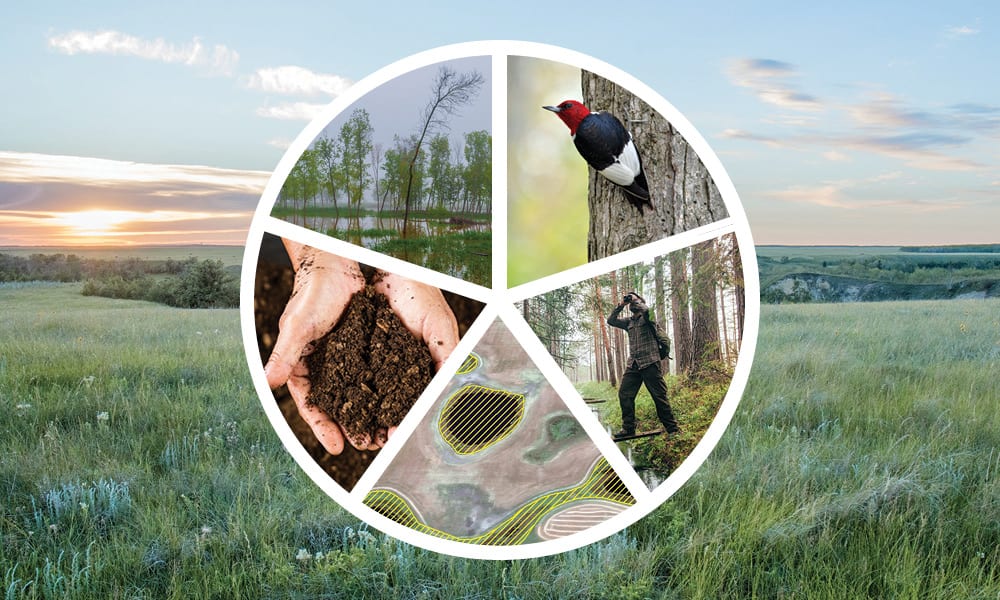Oak Hammock Marsh’s wildlife management area, about a half-hour drive north of Winnipeg, is an excellent spot for nature lovers to visit any time of the year.
That’s especially true during spring and fall migrations, when the wetland area is crowded with flocks of waterfowl, but summer also has it’s own attraction. Visitors often spot birds swimming within easy photo range.
The marsh is a remnant of the original St. Andrews Bog. It covers about 36 square kilometers with a wide variety of ecosystems: ponds, marshes, remains of tall-grass prairie, lure crops, and small bluffs of aspen and oak trees.
Read Also

Journal pulls long-cited glyphosate study for ethics violations
The journal Regulatory Toxicology and Pharmacology has retracted a 2000 Monsanto-linked glyphosate review, drawing new scrutiny as Bayer faces mounting legal pressure.
The site has a reputation as one of North America’s birding hot spots and also hosts the national headquarters of Ducks Unlimited Canada. The marsh’s website states that over 300 bird species call the area home.
Summer 2025 has even more attraction than usual for both new and returning visitors. On May 24, the Harry J. Enns Wetlands Discovery Centre reopened after an 18-month closure for extensive renovations. The $25-million revitalization project got support from both the federal and provincial governments, as well as many private donors. The centre is advertised as being “bigger, better and more interactive than ever.”
“It’s a brand new experience with hands-on activities in every room,” said facility spokesperson Jacques Bourgeois.
The-Discovery-Centre-rises-castle-like-above-several-geese-famiies.jpg
Visitors’ first view of the centre will impress as they drive into Oak Hammock March. It rises, castle-like, above the surrounding wetland. The scene as one enters the building is equally impressive. A panoramic wall displays wetland flora and fauna. Canada geese fly suspended overhead, while various ducks swim above fish and turtles. A great blue heron is portrayed with spread wings mid-landing while white-tailed deer peer out through golden bulrushes. The croaking calls of an American bittern and other marsh sounds played in the background make one feel that the marsh extends inside the building as well.
The gift store is to the right upon entry. Here, patrons pay their entry fee ($14 for adults, $12 for seniors and those aged three to 17). Pick up a trail map there and check out their selection of nature-themed books, puzzles and stuffed toy animals.
one-of-the-renovated-room-displays.jpg
New and renovated rooms display a wide variety of local birds, mammals, amphibians, reptiles, fish, insects and various plants located in and around the marsh. The duck species are particularly numerous, with a rainbow of decoy ducks shown in one display. Many interactive activities are available and one small area is devoted to pre-schoolers.
Be sure to explore the rooftop observation deck for an aerial view of the marsh spreading off into the distance. Look for the grass-covered sections of the roof. Visitors might also decide to eat at the modernized café on the second floor. It gives patrons a panoramic view of the surrounding area as they eat. There are also picnic tables available outside.
Because of the renovations, you might wish to spend the first part of your visit at the revamped discovery centre, but don’t neglect taking a walk around the trails. There are paths close to the centre, including some that are wheelchair accessible. For the more energetic, there are longer trails leading out on dikes that stretch through and around the marsh for 30 kilometres.
Summer is prime time to watch for young ducks and geese swimming on the nearby ponds. There’s even the occasional trumpeter swan. Pelicans might also be viewed and, if you’re lucky, perhaps a great egret or a great blue heron.
Other birds to watch for include red-winged blackbirds, gulls, terns and several types of swallows. Purple martins congregate around their “apartment house” nest boxes, while smaller bird boxes for tree swallows are scattered around the roads and trails. Visitors can watch barn swallows and cliff swallows feed insects to their young on nests at the pagoda on the boardwalk behind the discovery centre. Access to this area is through the centre.
Along a trail to the south, look for the Richardson’s ground squirrel colony. Wait quietly and you will probably see them poke their heads out from their holes.
Oak Hammock Marsh is located about midway between Stonewall and Selkirk, north off Provincial Highway 67. Visitors should plan on spending at least half a day − an hour or two in the renovated discovery centre and another hour or so exploring the marsh trails. Canoe and bicycle rentals are available.
Guided tours can be booked. Camps for kids are another regular feature during summer months, while school programs are offered during other times. Oak Hammock Marsh’s stated goal is “to connect people with wetlands today, to conserve them for tomorrow.”
The discovery centre is open from 10 a.m. to 4:30 p.m., but most of the trails can be accessed at any time. Early mornings and evenings are good times for bird watching. For more information, call 204-467-3300 or visit www.oakhammockmarsh.ca.















